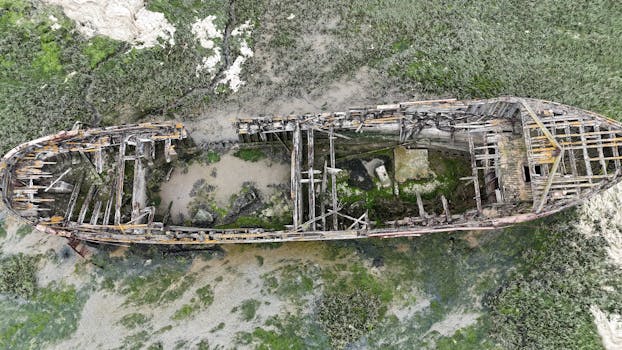Companies with the best and the worst fundamentals.
Lists of companies in NSE500 with the best and the worst fundamentals...
Lists of companies in NSE500 with the best and the worst fundamentals...
List of the latest important filings for NSE500....
Lists of companies in NSE500 with the best and the worst technicals...

The article analyzes the potential impacts of the upcoming Trump–Putin summit on...

An analysis of the pivotal factors that propelled the NIFTY 50 index...

The article discusses how AI technologies are leveraging digital footprints to provide...

The upcoming Alaska Summit scheduled for August 15, 2025, has emerged as a pivotal gathering aimed at redefining the contours of U.S. military exports and NATO sales. With geopolitical tensions mounting globally, this summit serves not only as a platform for discussion among international defense leaders but also as a potential catalyst for shifting defense procurement strategies in both the United States and allied nations.
Over the past decade, U.S. military exports have steadily increased, with the U.S. exporting over $55 billion in arms and military equipment in 2023 alone. The Alaska Summit is poised to impact this trajectory significantly. By fostering collaboration and alignment among NATO allies, the summit aims to address the evolving threats in the Indo-Pacific region, the resurgence of Russian aggression in Europe, and emerging concerns regarding cyber warfare.
The U.S. defense industry is undergoing transformation, as evidenced by the considerable investments made in advanced technologies. For instance, companies like Lockheed Martin and Northrop Grumman are in the vanguard, focusing on developing artificial intelligence and drone capabilities. Enhanced ties with NATO allies will likely lead to joint upgrades in technology, thereby streamlining military capabilities across allied nations.
NATO's recognition of an increasingly complex security environment underscores the urgency of the summit. Members are contemplating a collective response to recent military developments, particularly Russia’s military actions in Eastern Europe and its implications for NATO’s Article 5 commitments. Only through collaborative defense strategies can member nations ensure a unified stance on military readiness.
In recent years, NATO defense spending has seen an uptick, with member nations collectively committing to increasing their defense budgets to 2% of GDP by 2024. This commitment is essential for supporting U.S. military exports, as aligned financial investments will enable member countries to procure advanced weaponry and defense systems from the U.S.
The Alaska Summit provides a unique opportunity for fostering strategic partnerships beyond traditional boundaries. The involvement of nations such as South Korea, Japan, and Australia highlights a broader, more inclusive approach to security cooperation in the Indo-Pacific region. The presence of these nations indicates a strategic pivot for U.S. defense exports, potentially leading to sales of advanced technologies like the F-35 fighter jets and missile defense systems.
To date, sales of the F-35 have garnered significant attention, with over 700 units sold to partner nations, thus enhancing interoperability among allied forces. The summit may further accelerate such sales, pushing countries to bolster their air capabilities in response to ongoing regional threats.
The economic ramifications of the Alaska Summit cannot be understated. A well-structured agreement resulting from the summit could mean billions of dollars for the U.S. defense industry. According to industry analysts, military procurement contracts and agreements forged during such summits were previously valued at approximately $40 billion in incremental business opportunities in recent years.
This influx of funds will provide a much-needed boost to the U.S. defense economy, which faced challenges amid international supply chain disruptions during the COVID-19 pandemic. By aligning defense spending with allied countries, the U.S. can leverage economies of scale, reduce costs, and fuel innovation in defense technologies.
The global demand for defense products is on the rise, expected to reach approximately $2 trillion by 2026. A significant portion of this market will be influenced by emerging threats and the need for advanced military capabilities. The Alaska Summit is likely to play a crucial role in reshaping this landscape by establishing more resilient defense supply chains and partnerships among allies.
In particular, countries in the Asia-Pacific are ramping up their defense efforts. Nations like India and Indonesia are increasingly looking to the U.S. for procurement due to the need for modernization of their armed forces. The U.S. is already negotiating deals with these nations for advanced technologies, further bridging the gap between defense requirements and procurement capabilities.
While the direct outcomes of the Alaska Summit are yet to be seen, its potential implications for U.S. military exports and NATO sales are profound. As leaders convene to discuss collaborative defense strategies, it is clear that the dynamics of the global defense market are shifting dramatically. The integration of advanced technologies, increased defense budgets, and the formation of strategic partnerships will likely lay the groundwork for a robust international defense infrastructure.

A comprehensive analysis of the OECD's warning regarding the systemic risks posed...

Analysts are raising red flags about the $1.7 trillion private credit market,...